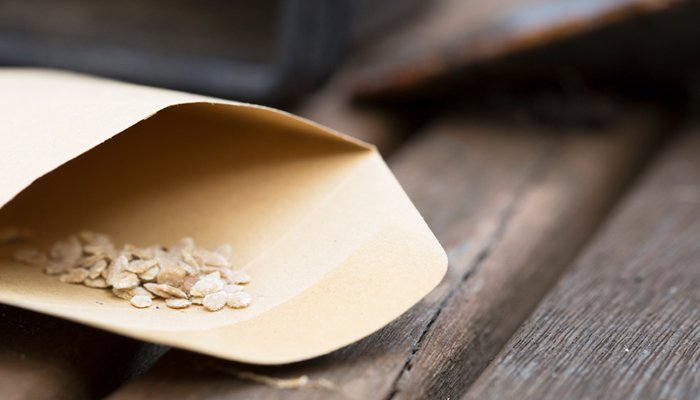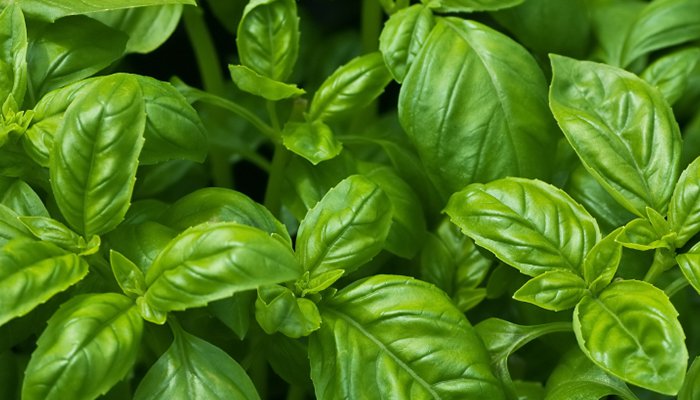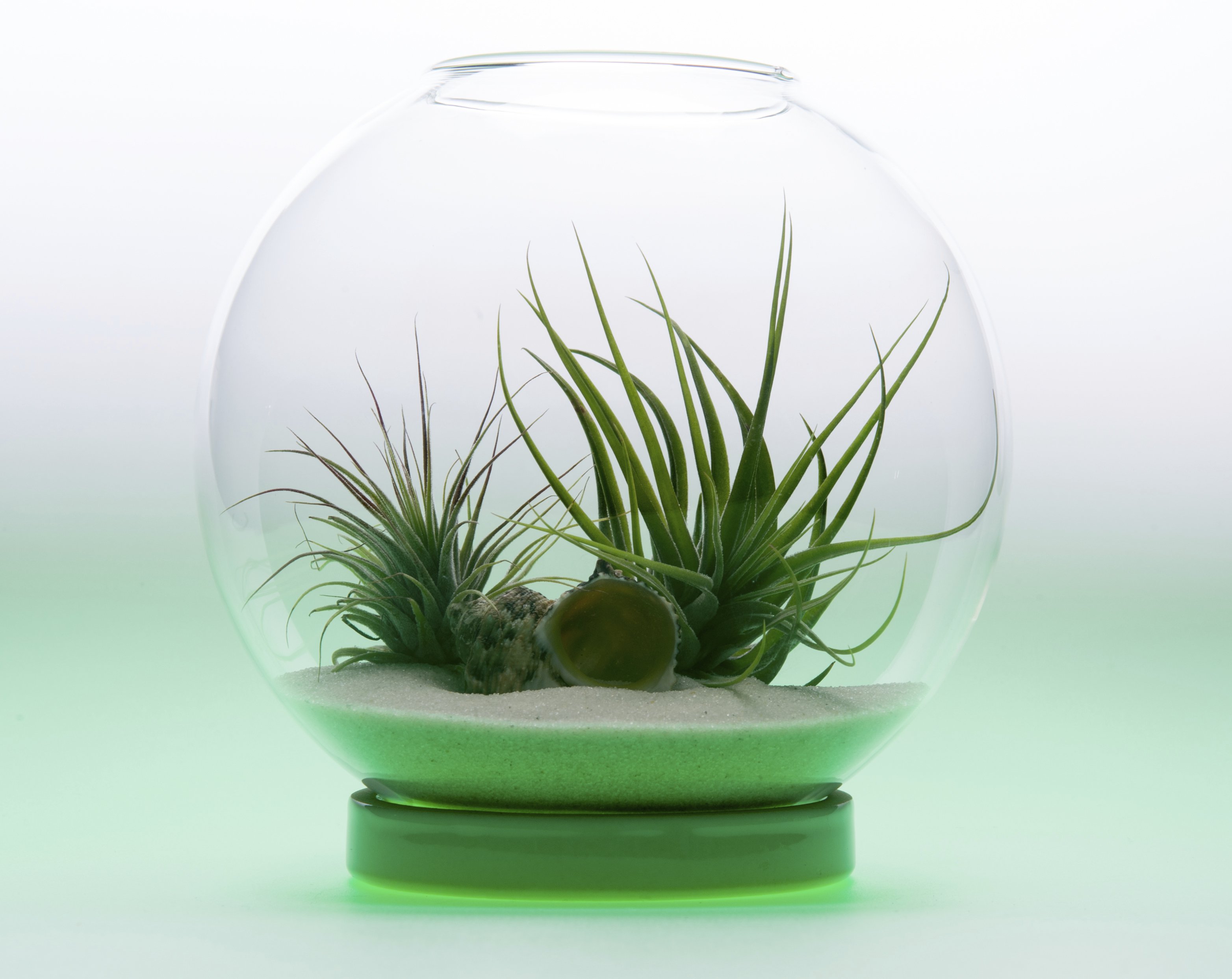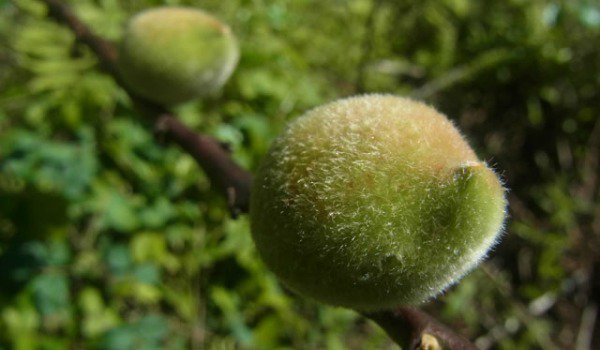When growing tomatoes, you’ll get fantastic flavors with every batch. However, sometimes the acidity in your soil isn’t the best, and you’ll get rather tart tomatoes. In order to get sweeter tomatoes, you could purchase all sorts of garden nutrients, and spread them into your soil for better results. However, there’s one simple trick that almost never fails to help you! Learn how to grow tomatoes using baking soda, and never have a tart tomato again.
Why Baking Soda?
It sounds weird, right? After all, you use baking soda to neutralize smells in your home, along with other home improvement uses. What use does it have in the garden? The truth behind it is purely chemistry. Acidic soil, soil with a pH of less than 7, causes tart tomatoes. The tomatoes react to their soil content, and aren’t able to produce really sweet flavors. While you can go and buy garden supplements to help raise the pH of your soil, baking soda does the same trick.
Baking soda is actually something called sodium bicarbonate, which is basic. A base is the opposite of an acid, and will neutralize acid so it’s less harmful. Adding in the sodium bicarbonate will lessen the acidity of the soil, helping the tomato pull in the nutrients it needs to become sweeter. However, mixing in a large amount of baking soda will make the soil basic, or a pH of more than 7, and can harm the tomato in other ways. The best thing for your tomato is to carefully apply the baking soda, so as not to harm the plant.
How To Add Baking Soda
If you’re noticing tart tomatoes, don’t worry. You won’t have to transplant your tomato and mix a brand new soil. Once a week, carefully sprinkle a small amount of baking soda onto the dirt. This will not take your fertilizer’s place, so be sure to properly fertilize your tomato as well. Be careful not to get the baking soda on the plant itself, and don’t worry about mixing it into the soil. It will mix in well enough during the next watering.
If you’re trying to avoid tart tomatoes with your brand new plant or seedling, then you’ll have to be much more careful than with your established plant. Plant your new tomato in its new spot, being careful to try and avoid transplant shock. Once you’re sure the tomato will not suffer too much, sprinkle a teaspoon of baking soda around the soil, and leave it be. This first application will help you determine whether you should add more, or if your tomato starts looking sick because the soil was already pretty basic. After a couple weeks you can sprinkle a little more of the baking soda onto the soil, and keep track. Again, wait a full two weeks to a month in order to see how the plant is affected. If you see no negative side effects, then you can continue the weekly application of about a teaspoon of baking soda into the soil.











